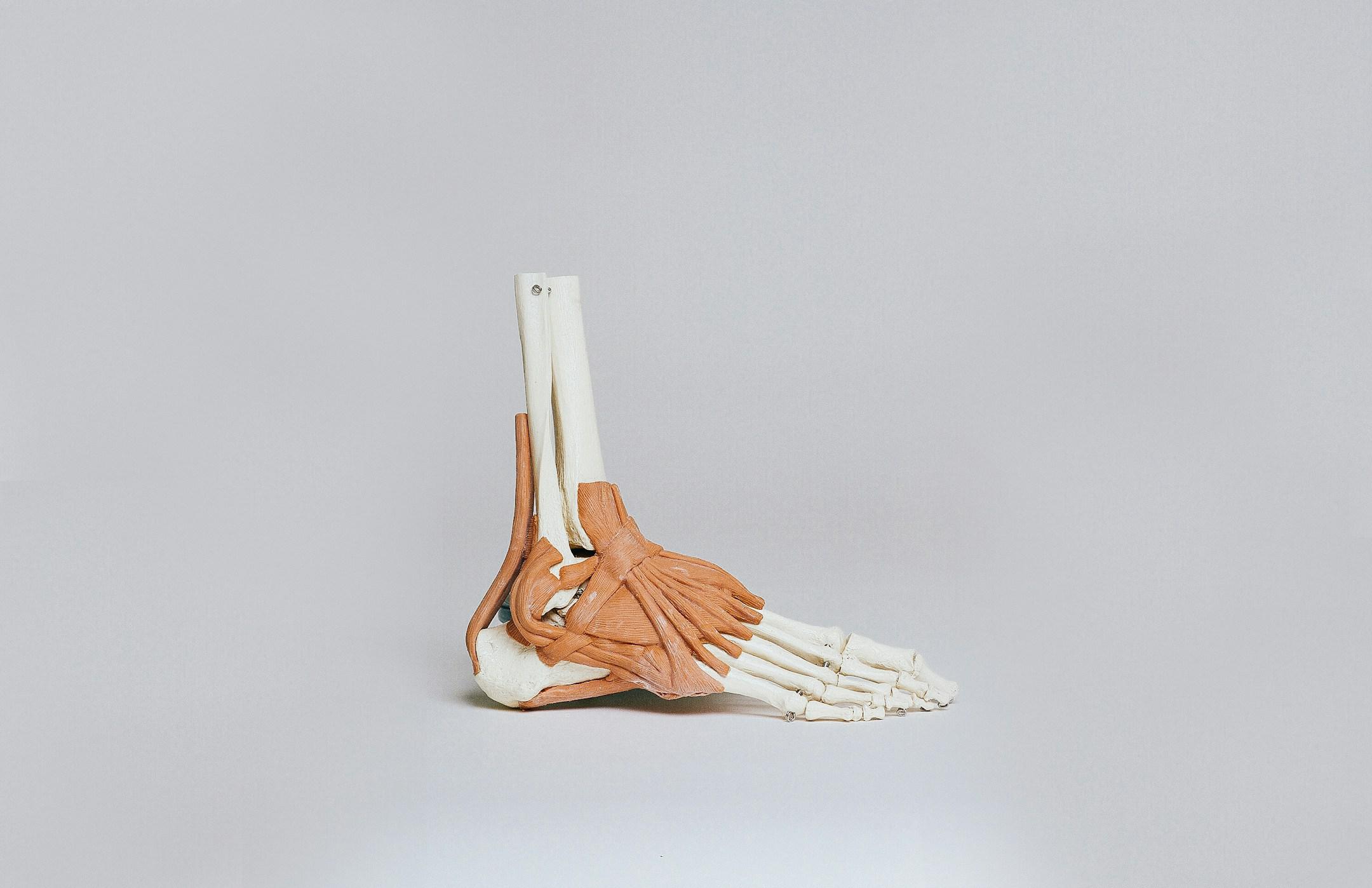
In the world of medicine, new and improved treatment options are constantly emerging. A recent example of this is the total ankle replacement (TAR) - a surgical intervention where an ankle joint is replaced with an artificial implant. This procedure is becoming more and more common among sufferers of arthritis. Top New Jersey orthopedic surgeon, Dr. Selene Parekh, aims to emulate the natural movement of the ankle, facilitating improved range of motion and function, thereby relieving pain and improving the patient’s overall quality of life.
Today, many healthcare practitioners and sufferers of the condition are wondering whether total ankle replacement is the future of ankle arthritis treatment. Continue reading as we delve into this topic.
Total ankle replacement represents a relatively recent advancement in the field of medicine, with significant refinements occurring throughout the 1970s and 1980s, ultimately solidifying its status as a safe and successful intervention. Prior to this breakthrough, ankle fusion stood as the primary standard for addressing ankle arthritis, characterized by the fusion of joint surfaces to eliminate motion and reduce pain. Although ankle fusion remains in use today, its limitation in delivering the range of motion provided by total ankle replacement contributes to the growing popularity of the latter. This trend is indicative of a shifting paradigm in ankle arthritis treatment, suggesting that total ankle replacement is likely to continue gaining prominence in the years ahead.
Total ankle replacement emerges as a transformative solution for individuals contending with severe ankle arthritis, offering significant benefits that extend beyond pain relief. Its primary advantage lies in its ability to effectively alleviate persistent pain, resulting in an enhanced quality of life and improved daily functionality. Unlike ankle fusion, which imposes motion restrictions, TAR strives to reinstate a more natural range of motion in the ankle joint. This not only permits patients to partake in activities previously curtailed by arthritis-related discomfort but also contributes to heightened joint stability and balance, subsequently reducing the risk of falls and augmenting overall mobility.
The ongoing evolution of implant designs and surgical techniques further solidifies TAR's position as a durable and effective long-term solution. In contrast, ankle fusion, once the conventional standard, is gradually becoming less popular, unable to match the comprehensive functional restoration and range of motion offered by the increasingly favored TAR approach. This shift underscores the growing recognition of TAR as a pioneering and preferred option in the landscape of ankle arthritis treatment.
Evaluating the safety and appropriateness of a total ankle replacement for a patient involves a thorough and precise process overseen by an orthopedic surgeon. This meticulous assessment encompasses a scrutiny of factors such as the severity of ankle arthritis, overall health, and bone quality, facilitated by diagnostic imaging techniques like X-rays and MRI scans. Additionally, the patient's medical history, lifestyle considerations, and expectations play integral roles in this comprehensive evaluation.
In instances where conservative treatments prove inadequate and persistent pain and functional limitations endure, TAR may be contemplated as a viable option. However, eligibility isn't universal, as factors like compromised bone quality or severe deformities can influence the decision-making process. Engaging in detailed conversations, the surgeon and patient collaboratively navigate through potential risks and benefits, ultimately determining the most fitting course of action tailored to the unique circumstances of the individual.
As for whether total ankle replacement represents the future of arthritis treatment, it is one among several options, rather than a universally applicable solution. If you are suffering from ankle arthritis, reaching out to a trusted New Jersey orthopedic surgeon is a crucial step in the right direction.